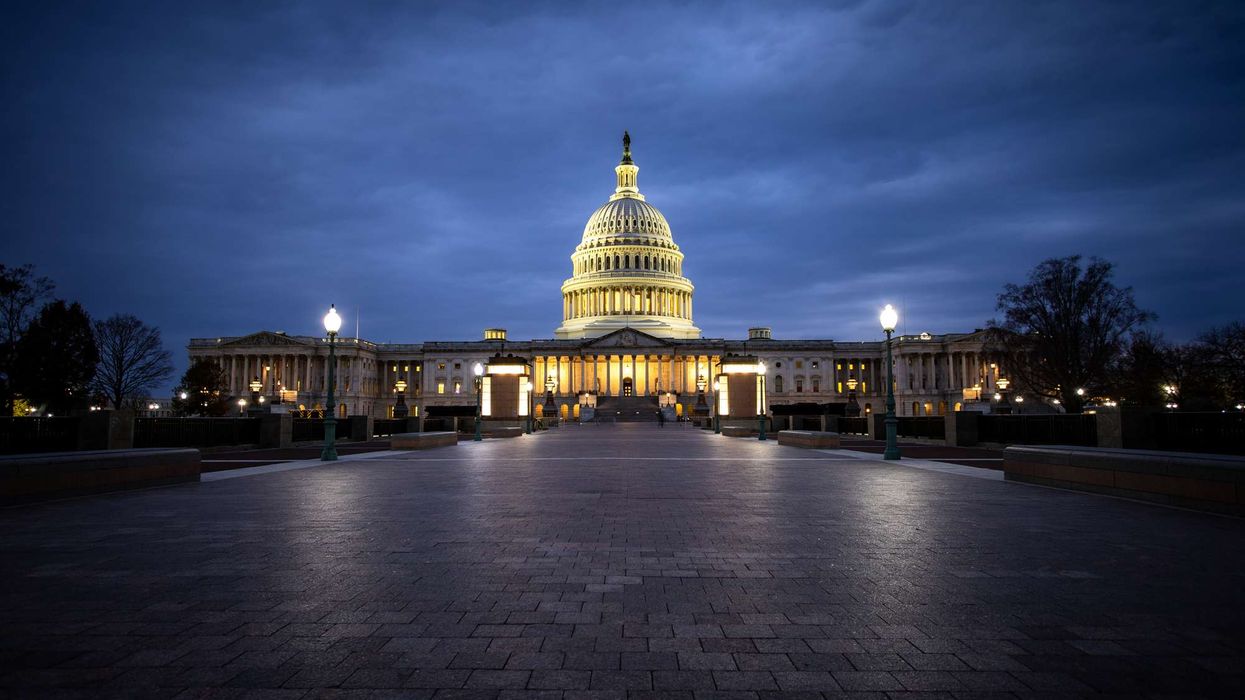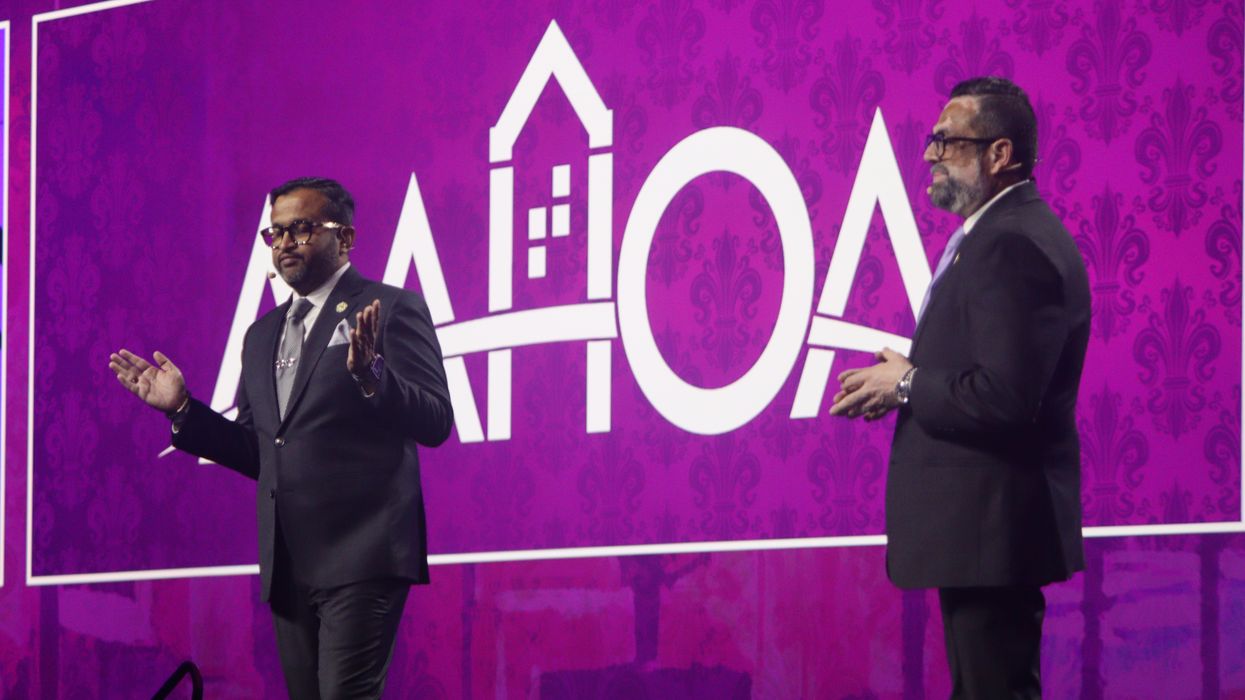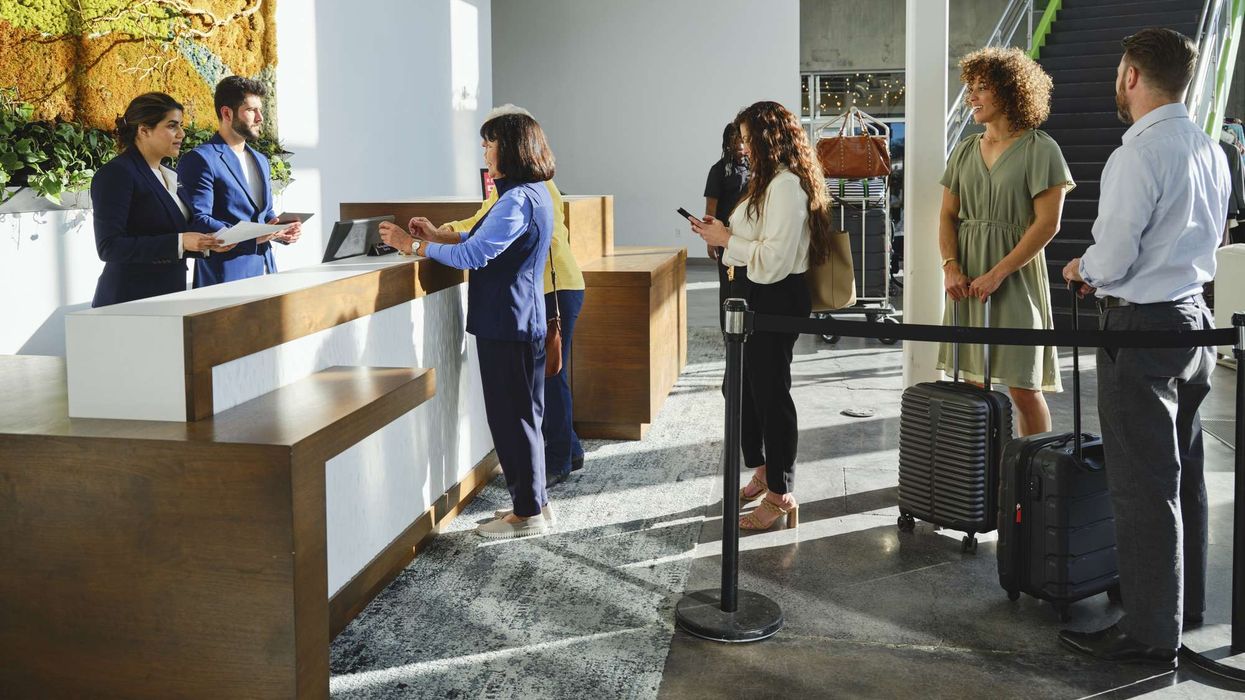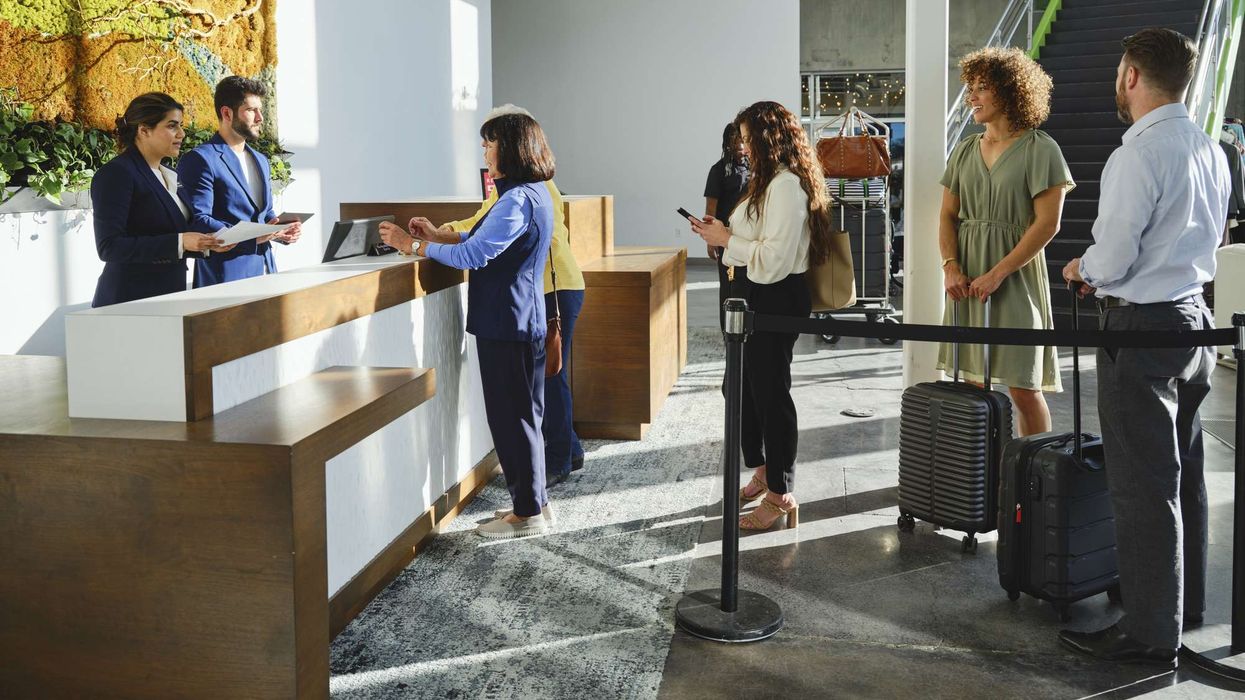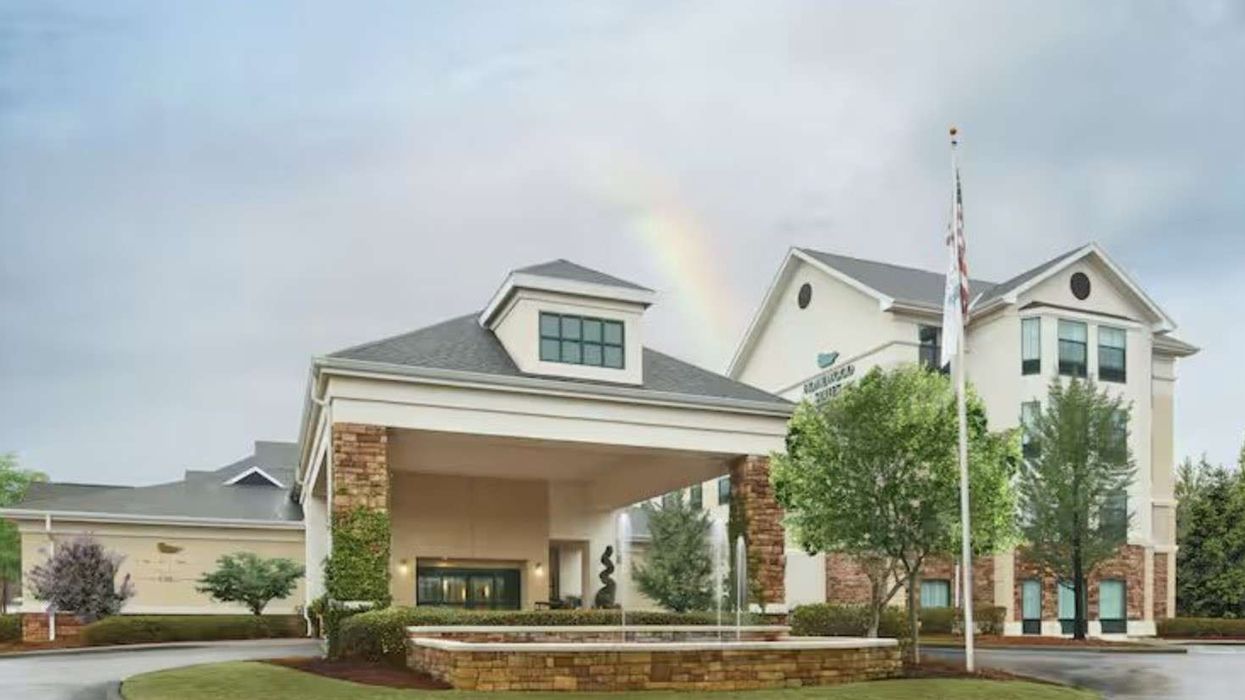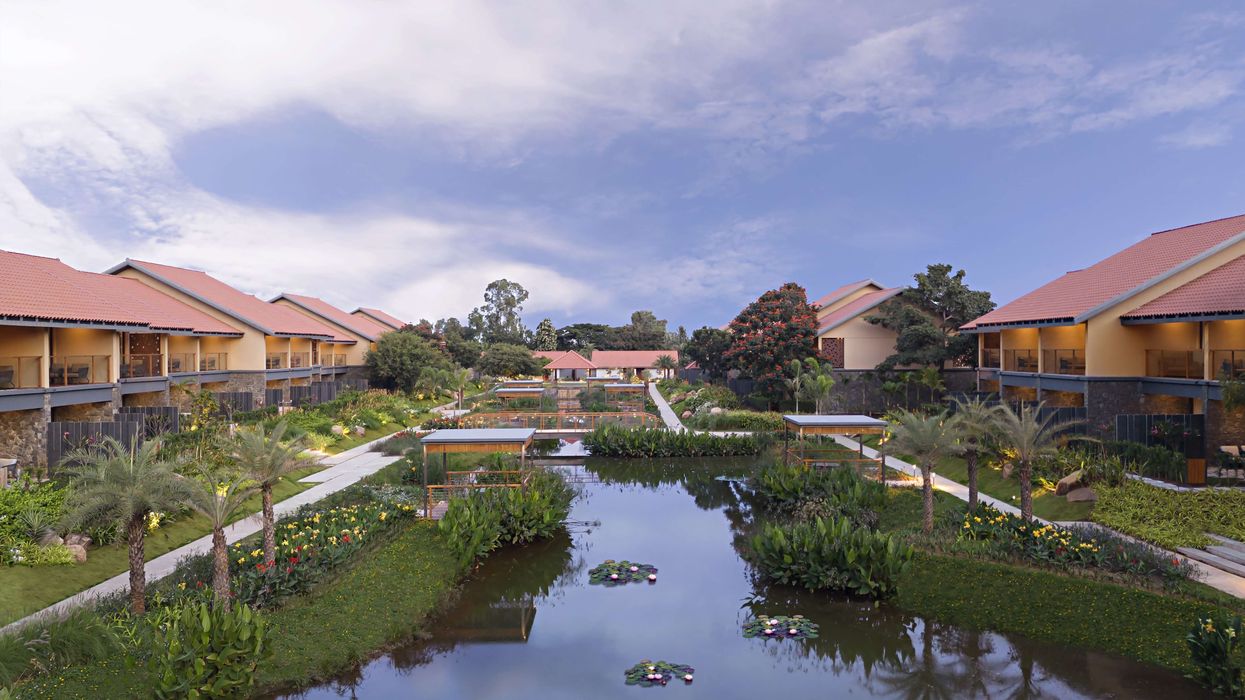TO REOPEN OR not to reopen, that is the question many hoteliers are asking themselves as states begin to loosen travel restrictions related to the COVID-19 pandemic. A new article from global consulting firm HVS gives several tips for how to bring a hotel back online.
The article by Neil Flavin, HVS senior vice president, and Suzanne Mellen, the company’s senior managing director and practice leader, starts with the market forces that must be considered before reopening, such as booking trends and demand patterns. It then suggests operational changes that should be made, including improved cleaning and safety procedures.
“Hotel owners and operators recognize that while we are currently living in a world of scant lodging demand, talk of reopening the country is the necessary precursor to a recovery in travel and the need for hotel accommodations,” the article said. “As in any business decision, the costs and benefits of remaining closed versus resuming operations must be weighed. During a time when travel is restricted and little can be done to stimulate demand, the primary objective is to limit operating losses through cost containment. At the same time, hotel owners and managers must prepare for an eventual recovery in demand and the reopening of their property.”
Some of the most important topics in the article include:
Know your regulations
In response to the spread of the coronavirus, the federal government as well as cities and states implemented restrictions on travel and personal behaviors to slow the spread of the virus. The easing of those restrictions has varied from state to state, so Flavin and Mellen suggest hoteliers familiarize themselves with government regulations set by their local governments as well as those set in feeder markets.
Go by the booking
As states open back up, evaluate the hotel’s key accounts and booking patterns, such as the pace of reservations and group bookings, to find the optimal time to reopen.
“Review the hotel's new transient reservations for all future weeks through December 2020, beginning with the date tentatively identified as the reopening date,” Flavin and Mellen said. “If you’ve chosen a fairly near-term reopening date, such as June 1, for example, monitor the new transient reservations for June 1 and beyond on a no-less-than weekly basis to identify demand patterns.”
Contact known transient and corporate accounts and have your sales staff call to confirm expected events.
Mix it up and get down to business
“For the U.S. market overall, drive-in demand is expected to be the first to recover, followed by domestic short regional flights, and then longer domestic flights. Inbound, international demand is anticipated to be the last to recover,” the article said. “Drive-to locations such as regional resorts are more likely to benefit, as well, due to the pent-up demand for vacations and weekend staycations. While urban destinations have historically attracted drive-in demand during a recession because consumers save money, compared with the costs of flying, city centers may have less appeal in this downturn until the fear of group mingling and dense locations diminishes.”
New times, new ways of doing things
Most hotel companies and brands have implemented new cleaning procedures, including smaller companies like Greenville, South Carolina-based Auro Hotels led by President DJ Rama. Along with cleaning, many are implementing touchless interaction procedures such as remote check in and check out, tablet for ordering in restaurants and limited occupancy of fitness centers.
“Brands, too, will change the content of their quality assurance evaluations, and all hotels should be prepared for new guidance from the [American Hotel and Lodging Association and the Centers for Disease Control and Prevention,]” the article said. “Because of these and other changes expected by the travelers and meeting planners, identifying the hotel’s planned operational changes, creating the associated procedures, and training the staff will require considerable time in advance of implementing them.”
Make some tough choices
Many hotels have had to furlough or let go employees. Unfortunately, initially low occupancy levels in the early phases of recovery will likely limit how many get to return to work.
“A detailed staffing analysis based on varying levels of occupancy patterns will help in this process,” the writers said. “Trained, productive employees will be expensive to replace no matter what the employment environment turns out to be. If you wait too long to reopen, your competitors might take the opportunity to hire your team (both hourly and management staff). If that is a risk in the local market and among the competitive set, perhaps retaining key team members is adequate reason to reopen, even if the economics of reopening are not optimal for several months.”
In the end, it’s a best guess
The current situation is unforeseen and unprecedented, Flavin and Mellen conclude. As a result, the data will be unreliable and require very careful analysis to determine when the potential revenue from reopening will justify the expense of restarting operations.
“Along with carefully forecasting when to reopen, well-planned and well-implemented marketing, sales, policies, and procedures, as well as rigorous expense controls, will be key to minimizing losses and positioning the hotel for a successful and profitable 2021,” the article concludes.
Previously, HVS laid out four objectives that must be achieved before hotel transactions could return to normal.



